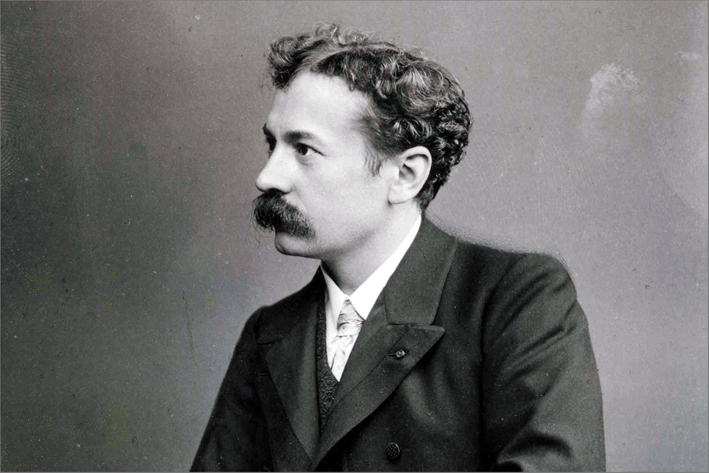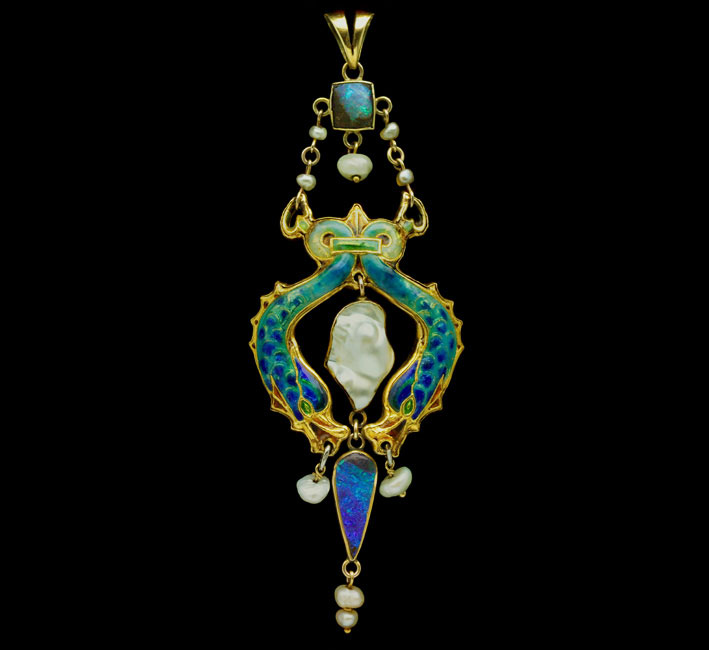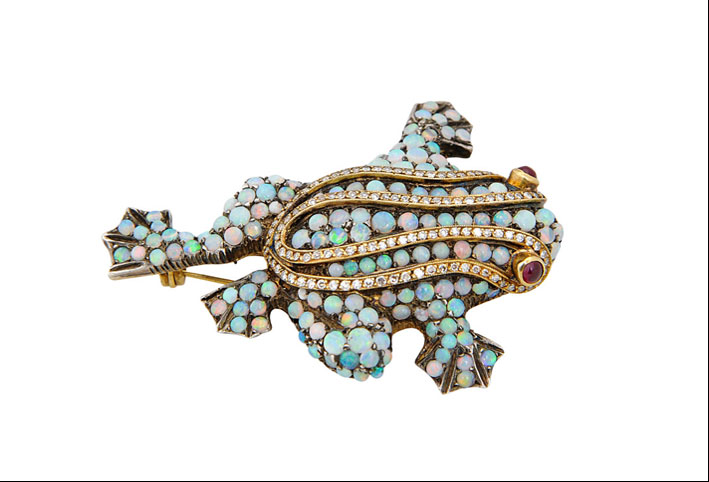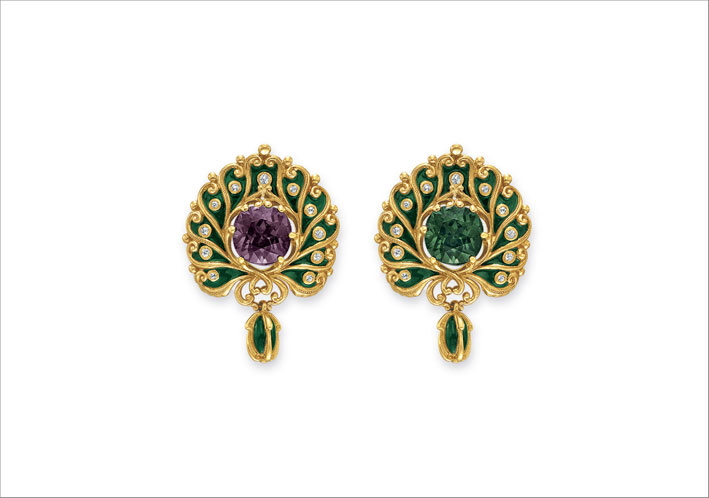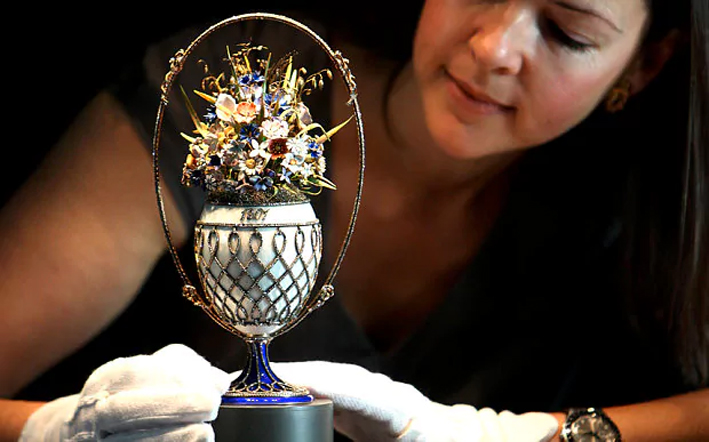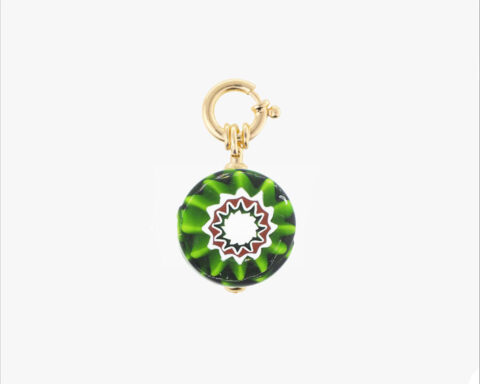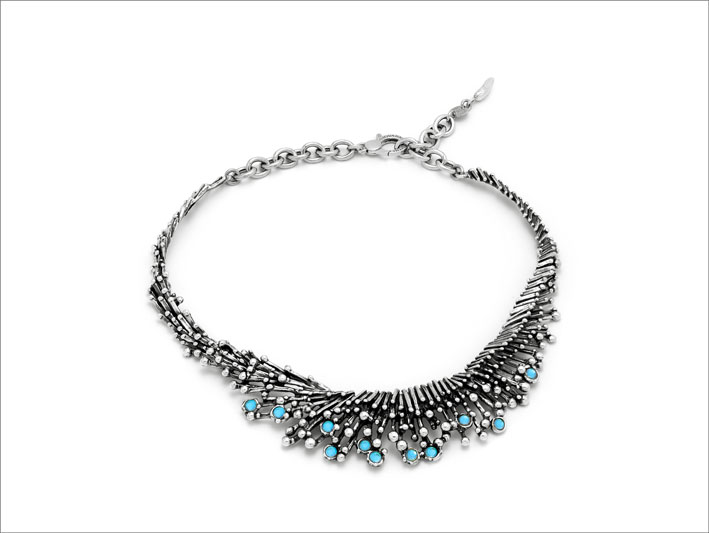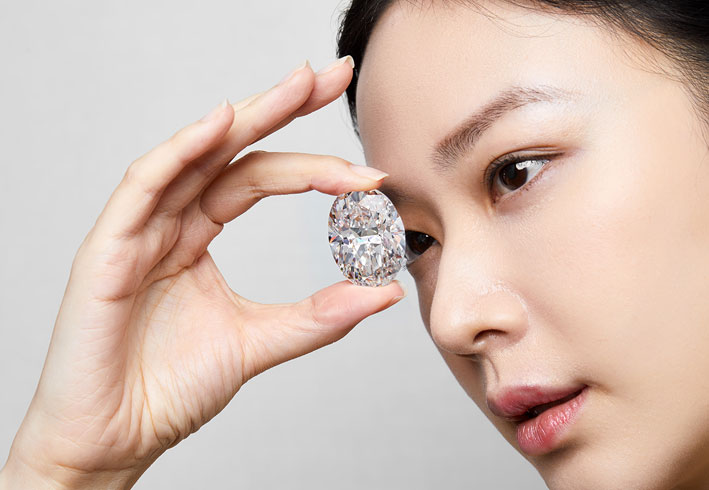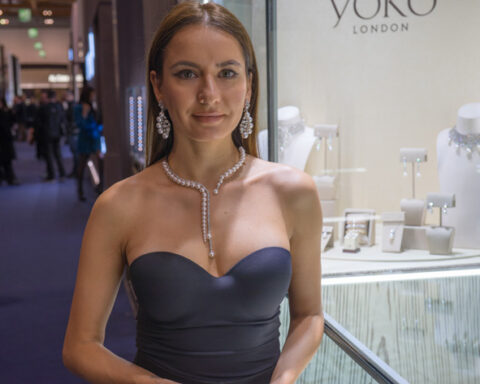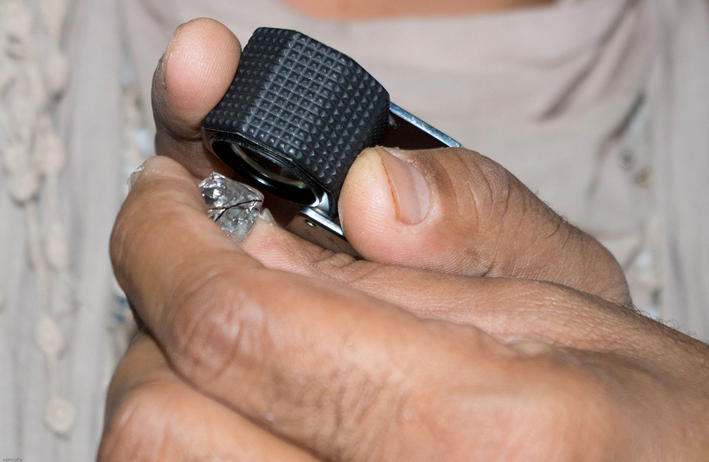Art Nouveau jewels are back in the spotlight, but with the eclectic style of the early twentieth century in the USA, or a revisited baroque, or a set of patterns that mix different styles: necklaces, brooches and earrings from a century ago are a strange combination between excess and innovation. Compared to the nineteenth-century taste, the most consistent influences of the artistic taste of the time can be seen in the jewels of the first part of the last century.
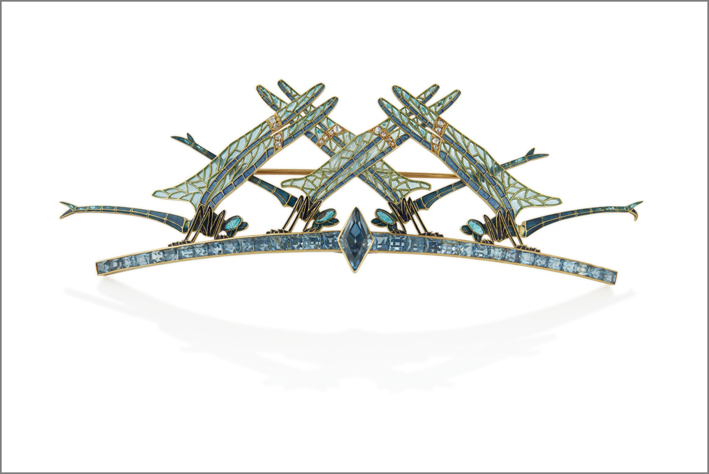
Garlands by Cartier, embroideries, flowers by Boucheron and Chaumet, references to ancient Egypt or the Orient, are among the most striking aspects. Novelties also achieved thanks to innovations in processing, such as the more frequent use of platinum, a resistant metal, which has made it possible to acquire lightness, with jewels that have become less heavy and more resistant than those in silver. But in choosing a jewel that is one hundred years old one must be careful: at that time the manufacturing methods were different from the current ones, which are aided by technology.
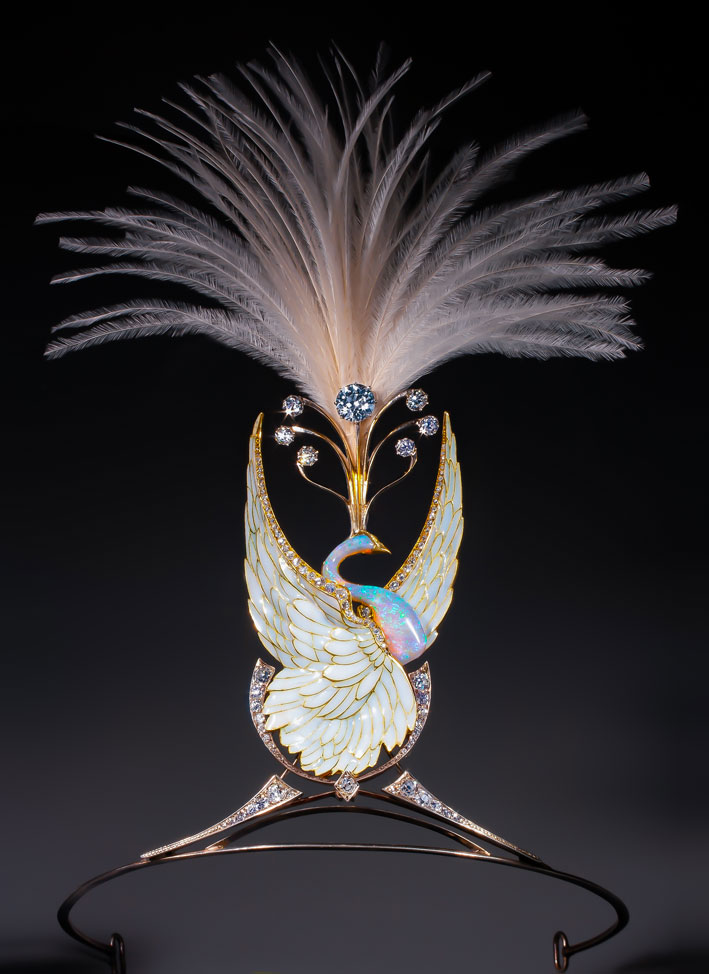
Even the choice of stones was less scientific than today, not to mention the treatment of the gems, which now manages to enhance stones that were then used in their natural state: opaque, cut in a somewhat approximate way to brilliant, pink, teardrop and cabochon, to which shapes such as calibré and briolettes were added. Yet the jewels between the end of the nineteenth century and the Roaring Twenties mark a turning point and retain a great charm. So much so that now they are once again the center of attention on the market, among auction houses and antiques.

But what are the characteristics of Art Nouveau jewels? It must be premised that the artists and craftsmen of the jewelry of that period wanted to distinguish themselves first of all from mass production, which was beginning to appear on the market at that time. For this reason, Art Nouveau jewels are characterized by refined craftsmanship. Famous designers and jewelers such as René Lalique, Louis Comfort Tiffany and Karl Fabergé are still remembered today. Their jewels have been copied and even the large object or fashion industries have been inspired by these masters of design.

In turn, the creators of Art Nouveau jewelery were fascinated by the art of China and Japan, which were still little known artistic expressions in the West. Natural elements such as animals, insects or flowers have been associated with mythical creatures such as dragons. And, as in the watercolors made in China and Japan, Art Nouveau favored pastel colors.

Art Nouveau jewels also favored the female figure. Let’s not forget that in the Victorian era a woman could not show even an ankle in public. Art Nouveau was not afraid, as a reaction, to enhance the female body without censorship, often in figures associated with mythological or fantastic characters. Even the jewelery has taken this aspect into account.

The most famous creator of that period was the French glass designer and goldsmith René Lalique (lived between 1860 and 1945). He used soft colors and volumes with sinuous curves, semi-precious stones, amber, mother-of-pearl, and unusual materials such as tortoise shell, horn, baroque pearls.
